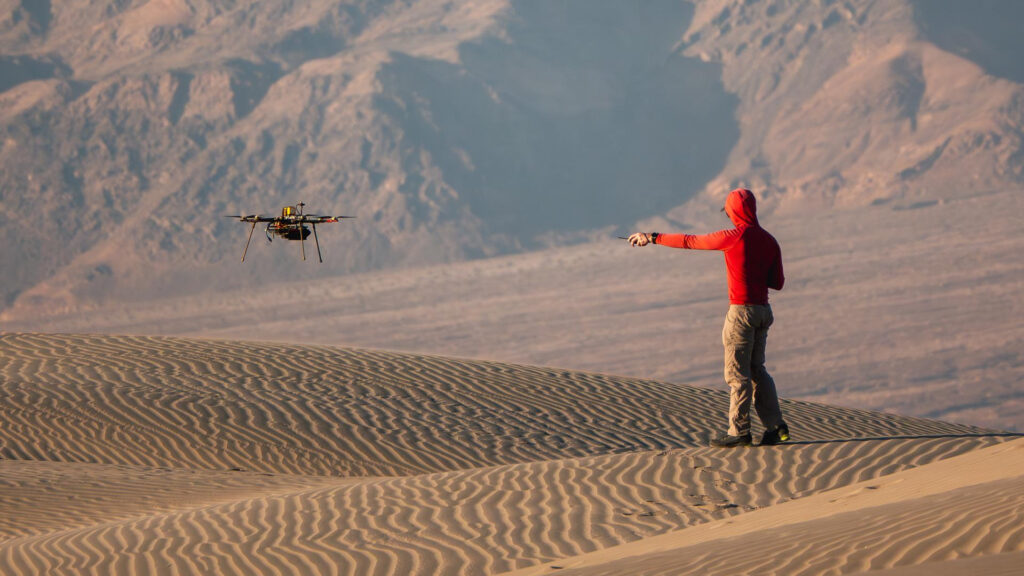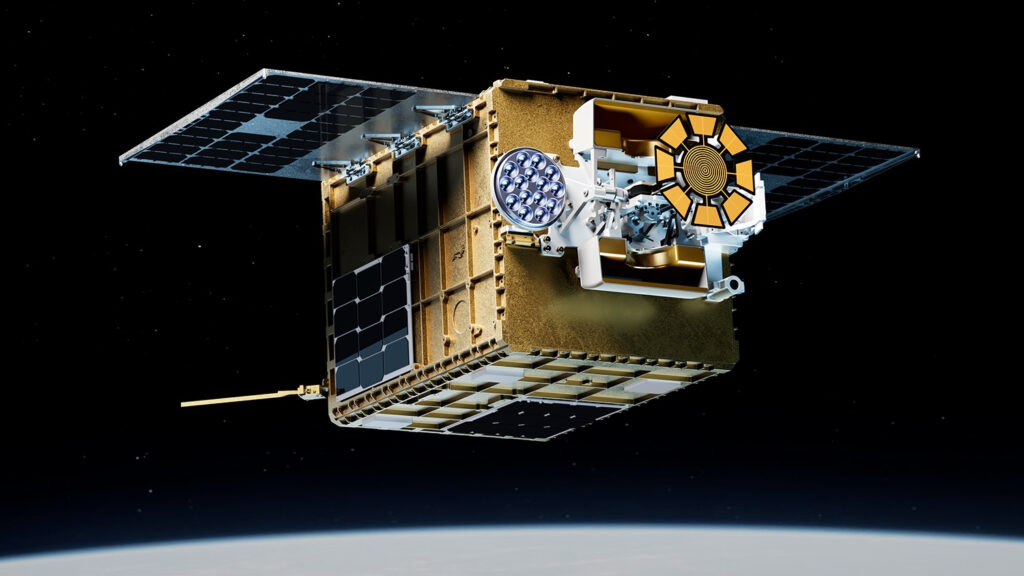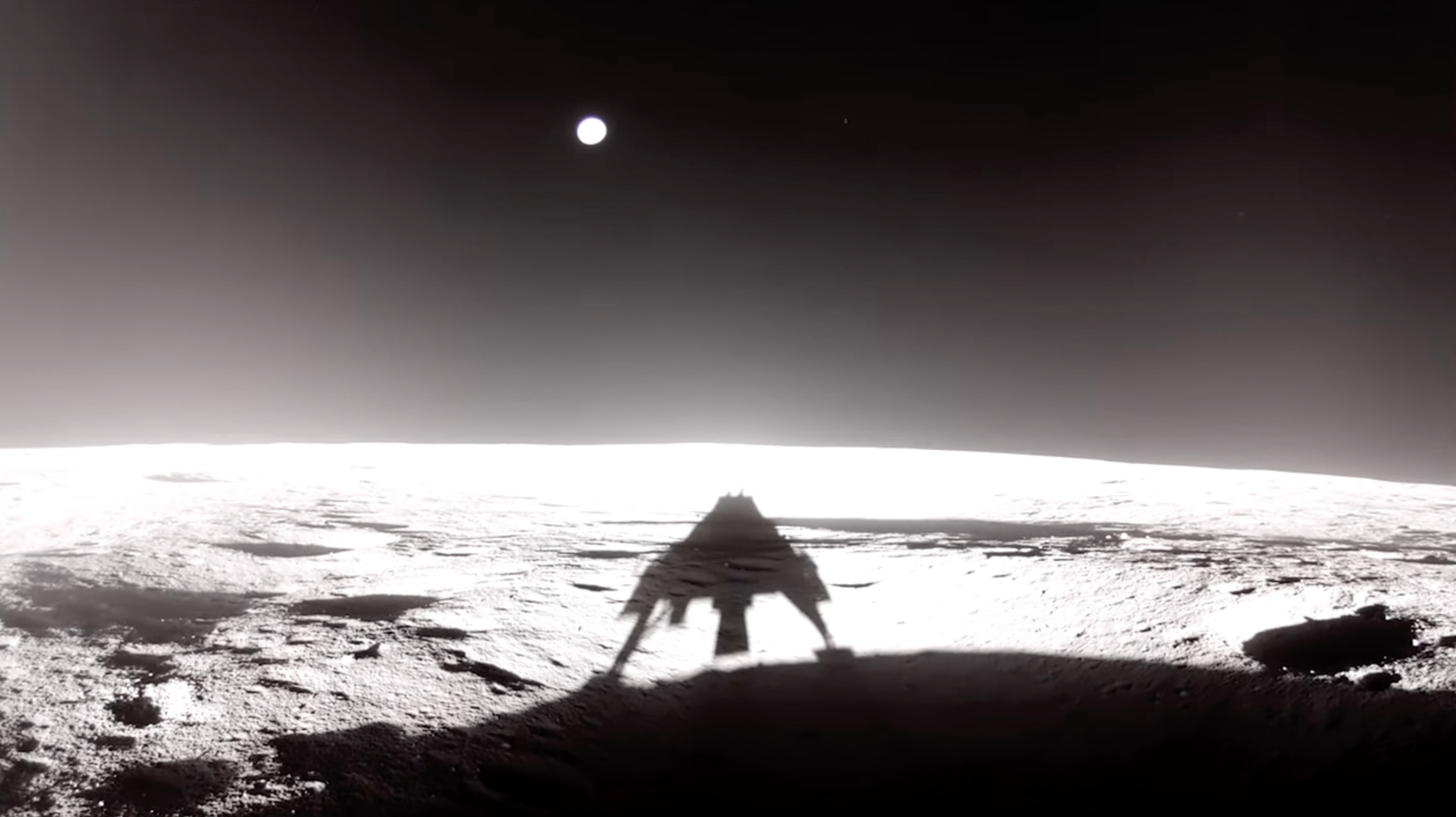Now Reading: Colossal solar flare erupts from Earth-facing sunspot, sparking strong radio blackouts over Pacific Ocean (video)
-
01
Colossal solar flare erupts from Earth-facing sunspot, sparking strong radio blackouts over Pacific Ocean (video)
Colossal solar flare erupts from Earth-facing sunspot, sparking strong radio blackouts over Pacific Ocean (video)
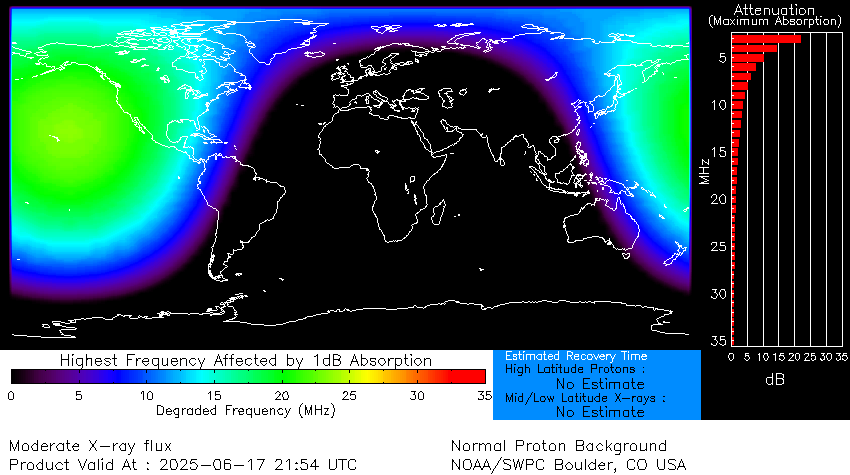
It’s at it again!
Sunspot region 4114 has fired off its strongest blast yet — an X1.2-class solar flare that erupted on June 17, triggering radio blackouts across the Pacific Ocean region, including Hawaii.
The flare peaked at 5:54 p.m. EDT (2154 GMT), marking the first X-class flare from this active sunspot region, which has already been responsible for multiple M-class eruptions over the past few days.
Unlike previous eruptions from 4114, this powerful flare was not accompanied by a coronal mass ejection (CME) — a cloud of solar plasma and magnetic field that can travel through space and strike Earth’s magnetic field, sparking auroras. Instead, this was a rapid, intense flash of electromagnetic energy, strong enough to ionize Earth’s upper atmosphere and disrupt radio signals on the sunlit side of the planet.
The flare caused a shortwave radio blackout centered over the Pacific Ocean, with the strongest impact over Hawaii, according to NOAA’s Space Weather Prediction Center. Ham radio operators and aviators may have noticed signal loss at frequencies below 25 MHz shortly after the flare struck, according to spaceweather.com.
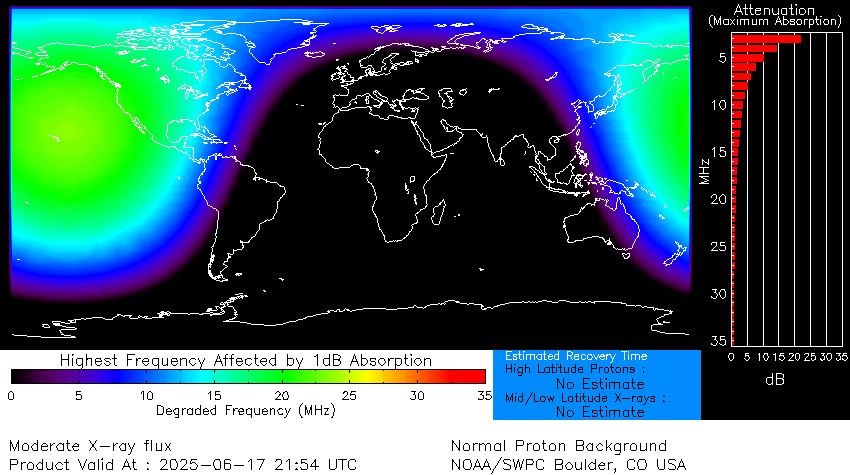
X-class flares are the most powerful type of solar flare. Tuesday’s event ranked as an X1.2, placing it at the lower end of the X-scale, but still strong enough to cause disruptions. For comparison, an X1 flare is 10 times more powerful than an M1, and 100 times stronger than a C1-class flare.
Forecasters are closely watching sunspot region 4114, which remains Earth-facing and shows signs of magnetic instability. This means it could still produce more high-level flares in the coming hours or days, and potentially with CMEs.
If future flares do launch CMEs toward Earth, they could trigger geomagnetic storms and even auroras. For now, space weather forecasters are keeping a close eye on this prolific flare factory.
Stay up to date with the latest space weather news and forecasts on our aurora forecast live blog and NOAA’s 3-day geomagnetic outlook.
Stay Informed With the Latest & Most Important News
Previous Post
Next Post
-
 012024 in Review: Highlights from NASA in Silicon Valley
012024 in Review: Highlights from NASA in Silicon Valley -
 02Panasonic Leica Summilux DG 15mm f/1.7 ASPH review
02Panasonic Leica Summilux DG 15mm f/1.7 ASPH review -
 03From Polymerization-Enabled Folding and Assembly to Chemical Evolution: Key Processes for Emergence of Functional Polymers in the Origin of Life
03From Polymerization-Enabled Folding and Assembly to Chemical Evolution: Key Processes for Emergence of Functional Polymers in the Origin of Life -
 04How New NASA, India Earth Satellite NISAR Will See Earth
04How New NASA, India Earth Satellite NISAR Will See Earth -
 05And Thus Begins A New Year For Life On Earth
05And Thus Begins A New Year For Life On Earth -
 06Astronomy Activation Ambassadors: A New Era
06Astronomy Activation Ambassadors: A New Era -
07SpaceX launch surge helps set new global launch record in 2024












